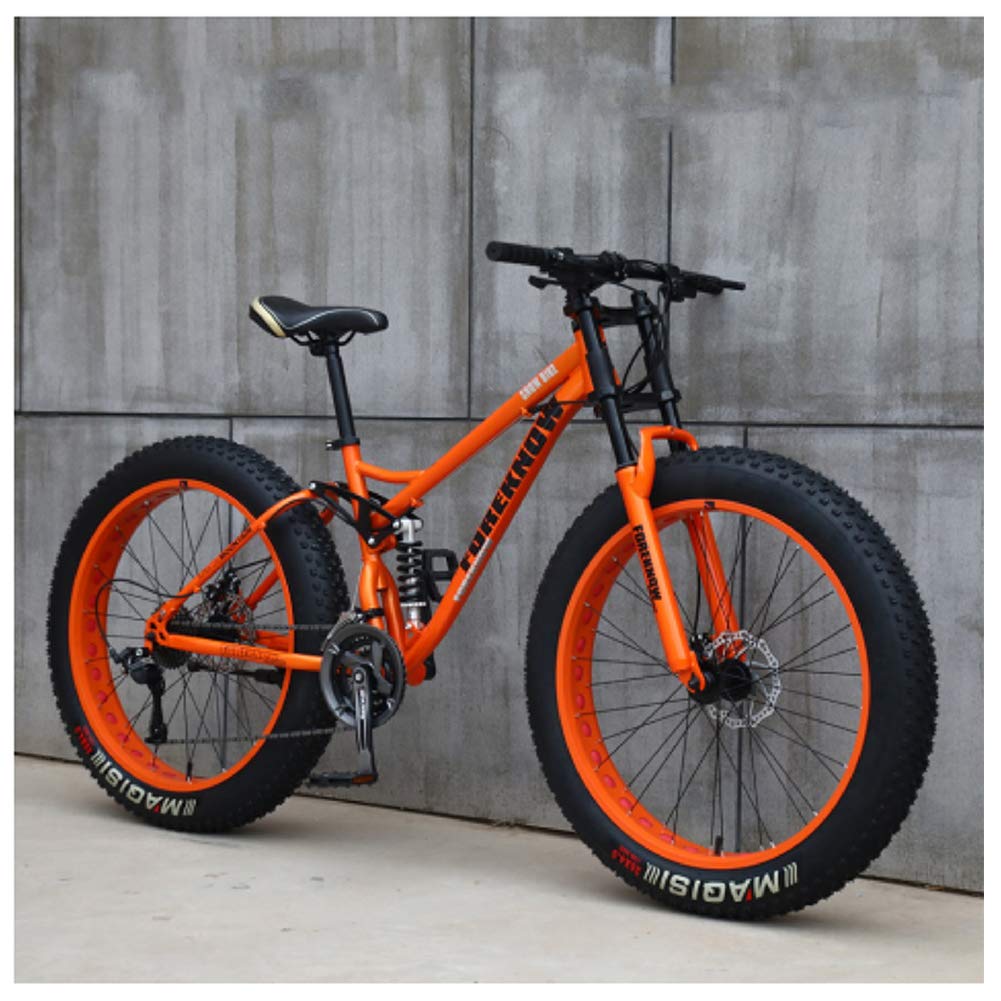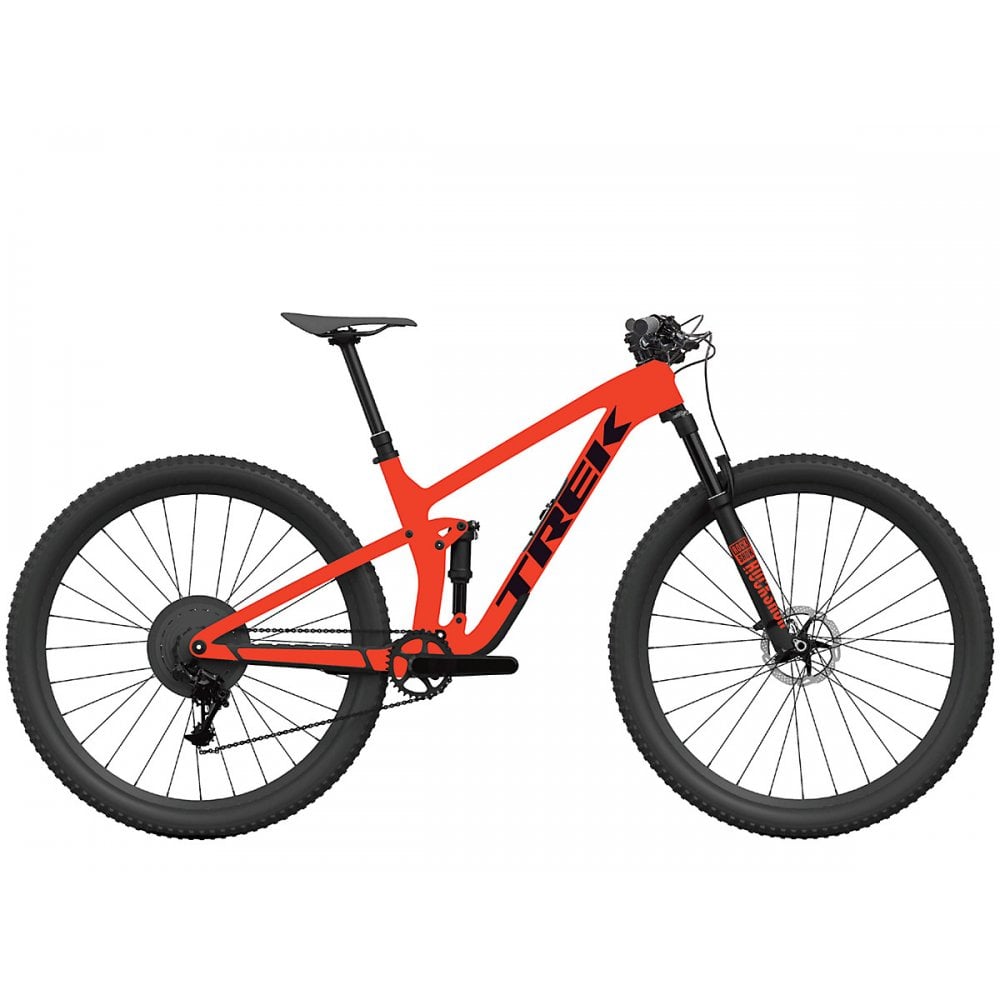I. The Basics of Mountain Biking

A. Understanding Mountain Bikes
Mountain bicycle is specially designed for off-road cycling, with features that make them suitable for rugged terrains and challenging trails. Understanding the key components of a mountain bicycle, such as the suspension, frame, tires, and brakes, is crucial for making an informed choice when selecting a mountain bicycle. Different types of mountain bikes, including hardtail, full suspension, and rigid, offer distinct advantages and are tailored to varying riding styles and terrains.
Mountain bikes typically feature wider, knobby tires for enhanced traction and control on uneven surfaces, along with a robust suspension system that absorbs impact and ensures a smoother ride. Additionally, the frame geometry of mountain bicycle is optimized for stability and maneuverability in challenging conditions, making them an ideal choice for adventurous riders seeking to explore off-road trails and rugged landscapes.
B. Essential Gear for Mountain Biking
Equipping oneself with the essential gear is integral to a successful and safe mountain biking experience. Protective gear such as helmets, gloves, and pads provide vital protection against potential impacts and abrasions. Furthermore, specialized mountain biking shoes, featuring rugged soles and excellent grip, enhance stability and efficiency when navigating diverse terrain. Carrying tools, spare parts, and a first-aid kit is essential for addressing any mechanical issues or injuries that may occur during a mountain biking excursion.
Investing in a high-quality hydration system, such as a hydration pack or water bottle cage, ensures proper hydration while on the trail, particularly during extended rides. Carrying nutrition, including energy bars, gels, and electrolyte supplements, is crucial for maintaining energy levels and replenishing essential nutrients throughout the ride. Bear in mind that the right apparel, including moisture-wicking clothing, ensures comfort and protection from the elements, making it essential for a successful mountain biking experience.
II. Skills and Techniques
A. Riding Uphill and Downhill
When it comes to riding uphill, proper technique and efficient use of energy are crucial. To begin, it’s important to shift to an appropriate gear before reaching the incline, as trying to shift while climbing can result in lost momentum and balance. Maintaining a consistent pedaling cadence and keeping your upper body relaxed while leaning forward slightly can help you conquer steep climbs with greater ease. Additionally, choosing the right line and avoiding loose gravel or rocks can make a significant difference in your ascent.
Conversely, riding downhill requires a different set of skills. As you approach a descent, it’s important to shift your weight towards the back of the bike and keep your body loose to absorb any bumps or obstacles. Look ahead for the smoothest line and anticipate any changes in terrain to maintain control and speed. Braking should be done with both the front and rear brakes, using a light touch to avoid skidding. Furthermore, maintaining a low center of gravity and bending your arms and legs can help you navigate technical descents with confidence.
B. Negotiating Obstacles on the Trail
Whether it’s roots, rocks, or log bridges, obstacles are a common feature of mountain bicycle trails. Proper technique and confidence are key to successfully navigating these challenges. When approaching an obstacle, it’s important to stay relaxed and keep your eyes focused on where you want to go, rather than on the obstacle itself. Maintaining a steady speed and using your body to shift the bike’s weight can help you roll over roots and rocks smoothly. For larger obstacles, such as log hops or drops, learning to lift the front wheel with a manual or bunny hop can be invaluable skills.
In addition to technical skills, mental preparation and confidence play a significant role in conquering trail obstacles. Visualizing the successful navigation of an obstacle before attempting it can boost your confidence and readiness. It’s also important to remember that practice makes perfect, and approaching obstacles with a positive mindset can help you overcome any challenges you may face on the trail.
III. Maintenance and Care
A. Basic Bike Maintenance
Regular maintenance is essential for preserving the performance and longevity of a mountain bike. Basic bike maintenance encompasses tasks such as cleaning, lubrication, and inspection of key components. Cleaning the bike after each ride helps prevent the buildup of dirt, grime, and debris that can wear down essential parts, such as the drivetrain, suspension, and brakes. Additionally, inspecting the bike for wear, tightness of bolts, and any signs of damage is essential for identifying and addressing potential issues before they escalate.
Performing routine lubrication of the chain, cables, and moving parts ensures smooth operation and prevents premature wear. Applying a bicycle-specific lubricant to the chain and pivoting points of the derailleurs and brakes helps maintain efficiency and prolongs the lifespan of these critical components.
B. Tips for Keeping Your Mountain Bike in Peak Condition
Maintaining a mountain bicycle in peak condition requires regular attention to specific areas that are prone to wear and tear. Checking tire pressure and ensuring the tires are properly inflated is critical for traction, control, and preventing damage to the rims. Furthermore, inspecting the suspension for signs of leakage, adjusting sag and rebound settings, and performing regular maintenance as indicated by the manufacturer are essential for preserving the performance and safety of the bike’s suspension system.
Keeping the drivetrain clean and well-lubricated maintains smooth shifting, pedal efficiency, and extends the life of chainrings, cassettes, and derailleurs. Paying attention to the brake system, including inspecting brake pads, rotors, and ensuring optimal brake performance, is essential for safe and responsive riding.
IV. Exploring Different Terrains
A. Trail Riding
Trail riding, characterized by its diverse and often challenging terrain, offers a thrilling and dynamic mountain biking experience. Mastering the art of trail riding requires adaptability, skill, and technique in negotiating elements such as rocks, roots, and varying gradients. Essential skills for trail riding include body positioning, line selection, and terrain assessment, enabling riders to navigate through a range of conditions with comfort and confidence.
Trail riders benefit from honing their technical riding skills, such as cornering, balance, and efficient climbing and descending techniques. Riding trail terrain demands a proactive and dynamic approach, with riders being attentive to the constantly changing surface, variety of obstacles, and opportunities to maximize flow and speed on the trails.
B. Mountain Bike Adventures in Diverse Environments
Mountain biking offers exciting opportunities to explore diverse environments, from rugged mountains to coastal trails and lush forests. Each environment presents unique challenges and rewards, making the sport a never-ending adventure. Riding in diverse environments allows mountain bikers to experience different trail surfaces, elevation changes, and climates, providing a rich and varied experience in each location.
Adventures in diverse environments also foster a deep appreciation for natural landscapes and the interconnectedness between outdoor recreation and environmental stewardship. By exploring various environments, mountain bikers gain insight into the importance of conservation, sustainable trail use, and respecting the natural resources that facilitate their experiences.

V. Safety Tips and Precautions
A. The Importance of Safety Equipment
Ensuring the use of proper safety equipment is paramount for every mountain biker. This section will emphasize the significance of wearing a properly fitting and certified helmet, as head injuries are a significant concern in mountain biking. Additionally, protective gear such as gloves, knee and elbow pads, and sturdy footwear play a crucial role in safeguarding riders against potential impacts and abrasions. Eye protection, in the form of goggles or glasses, will also be discussed, as they shield riders from debris and enhance visibility in varying light conditions. The importance of gloves in providing grip, comfort, and protection will also be highlighted.
Riders need to develop skills such as reading the trail for potential hazards and assessing risky features before attempting them. Techniques for stability and balance during challenging descents, navigating technical sections, and maneuvering through obstacles will be addressed. Discussions will cover the importance of maintaining control, proper body positioning, and the use of effective braking techniques. Additionally, understanding trail etiquette, respecting wildlife, and minimizing environmental impact will be introduced in the context of navigating various terrains safely.
In conclusion, honing the skills and techniques for riding uphill and downhill, as well as negotiating obstacles on the trail, is essential for any mountain biker looking to improve their abilities. By focusing on proper technique, maintaining confidence, and practicing regularly, riders can enhance their performance and overall enjoyment of the sport. With dedication and persistence, mastering these key areas will undoubtedly result in more rewarding and satisfying experiences on the trails.

